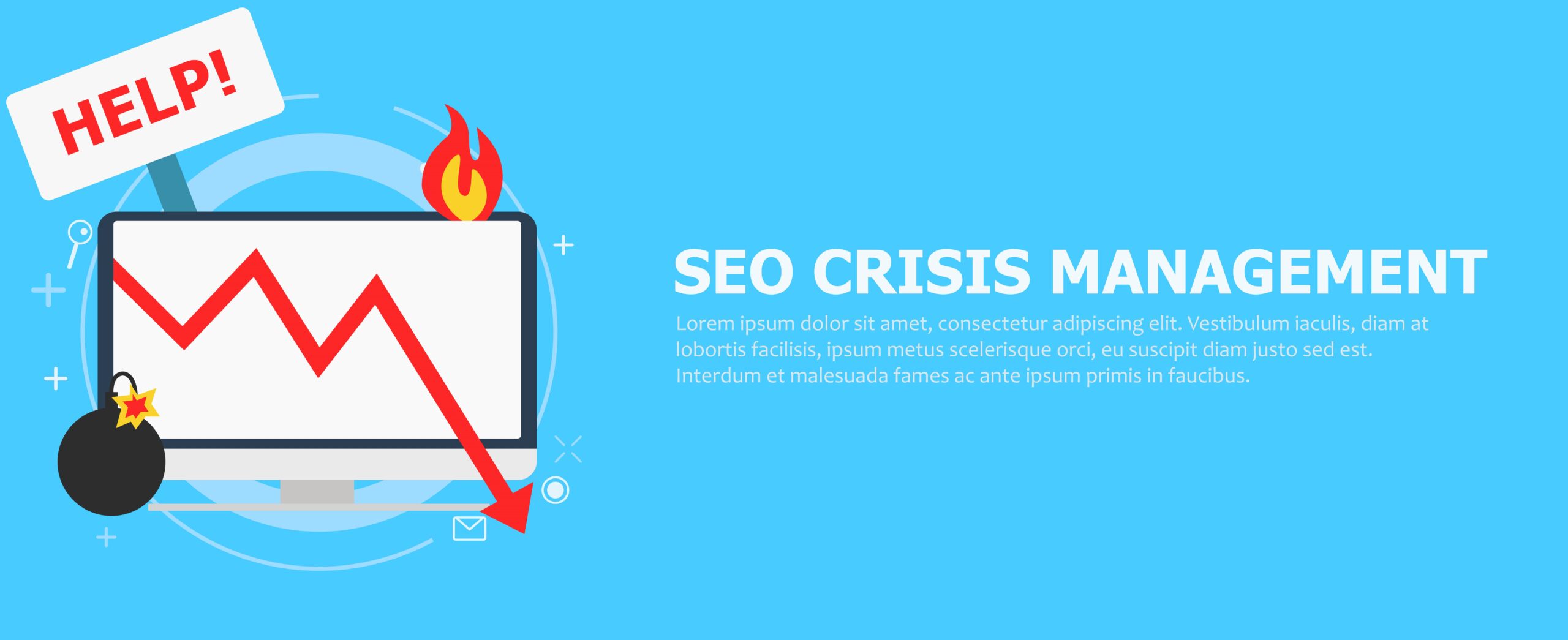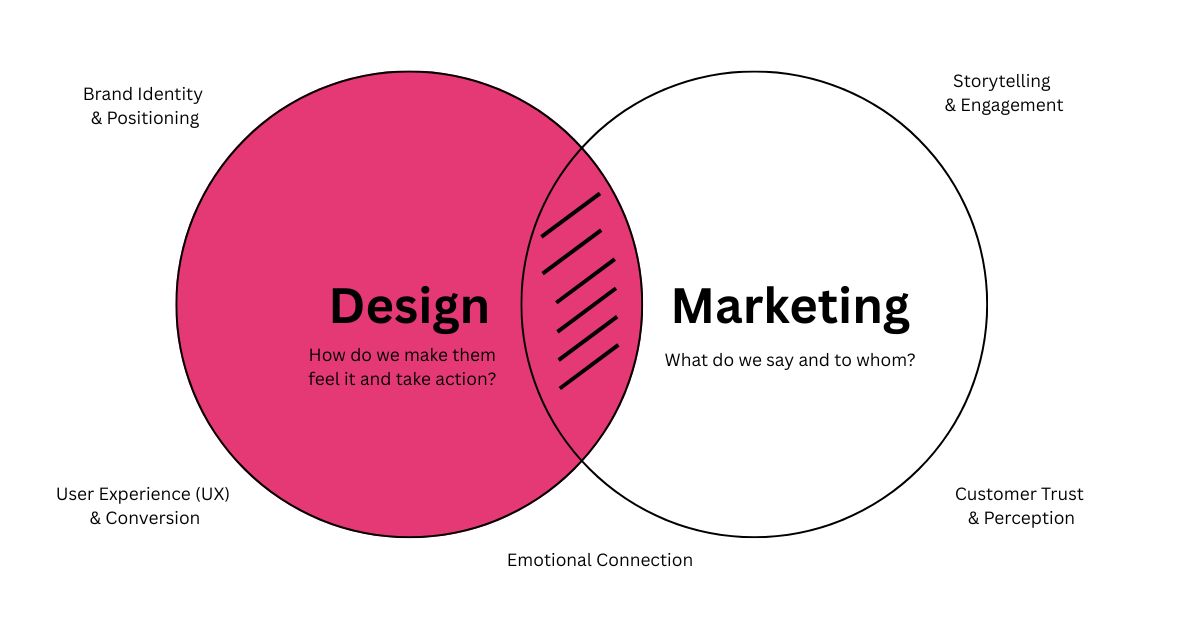You’ve done it. You’ve launched a new website, and you’re ready to conquer the search rankings, drive organic traffic, and flood your business with leads. You’ve heard the advice: find the right keywords, build some backlinks, and create great content. But after months of effort, the results are disheartening – traffic is stagnant, rankings are non-existent, and your dreams of online success are fading.
The problem isn’t always the execution of your SEO tactics but the shaky foundation they’re built upon. Google’s algorithm, and its entire business model, is built on providing a relevant, trustworthy, and high-quality experience to its users. If your website doesn’t meet these basic criteria, no amount of technical SEO or keyword optimization will save you. This is one of the most common SEO challenges businesses face. Your focus should not be on a quick fix but on building a robust seo strategy for business success from the ground up.
The Core Problem: A Leaky Bucket

Think of your website as a bucket and SEO as the water you’re pouring into it. If the bucket is full of holes, it doesn’t matter how much water you pour in; it will all leak out. A weak or outdated website is the digital equivalent of that leaky bucket. You might drive traffic to your site, but if visitors are met with a poor experience, they will bounce back to the search results, telling Google that your site is not a good answer to their query.
We’ve audited hundreds of websites and found a pattern of foundational mistakes that lead to predictable SEO failures. By addressing these issues now, you can avoid a cycle of frustration and wasted effort.
The Foundational Checklist: Fix These Before You Begin SEO
1. Website Architecture: The Roadmap for Users and Search Engines
Your website’s architecture acts as its blueprint, guiding both human visitors and search engine crawlers. A logical and well-organized structure with clear navigation is crucial for a positive user experience (UX), making it simple for people to find the information they need. This hierarchical organization also helps Google understand the relationships between your pages, which is vital for effective indexing. An ideal structure is a “flat” site architecture, where any page is easily accessible within just a few clicks. This design not only enhances navigation, but also indicates to search engines that your content story is well-organized and relevant.
2. Building Trust Through Social Proof
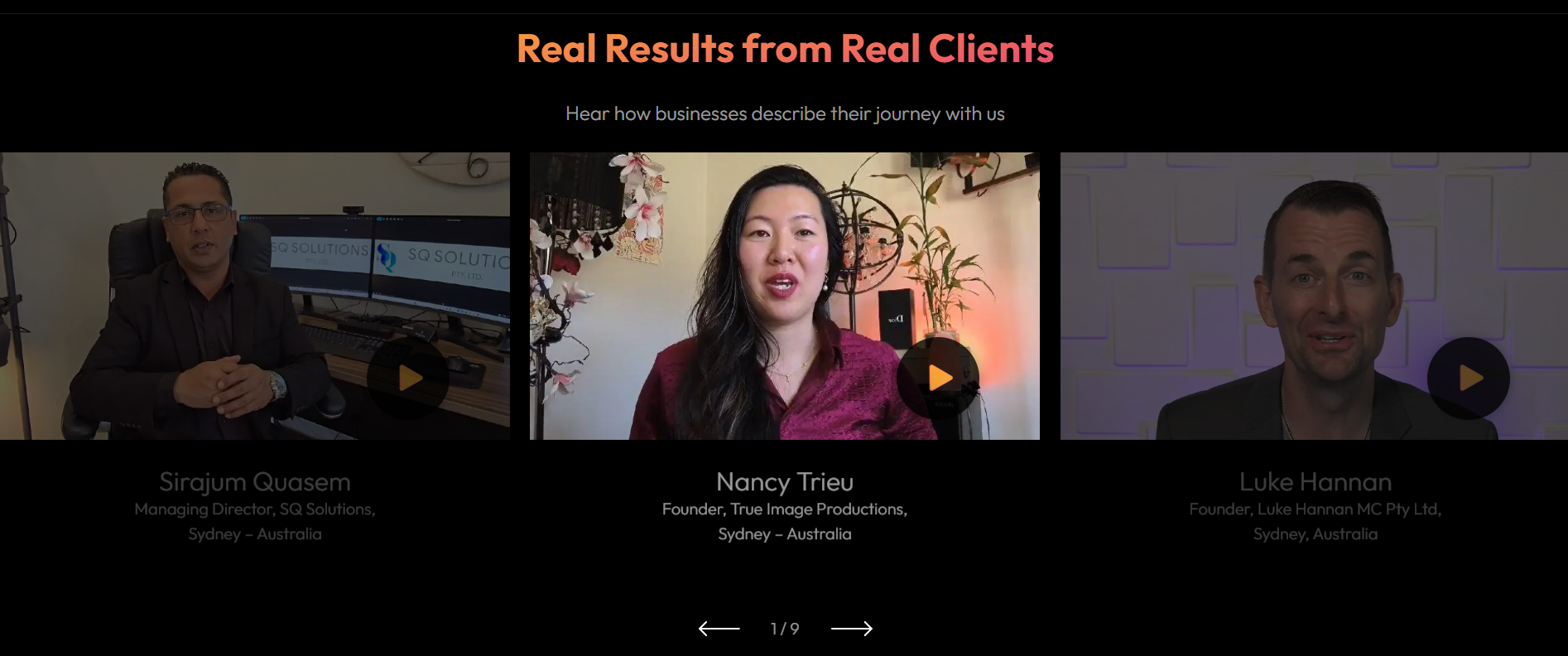
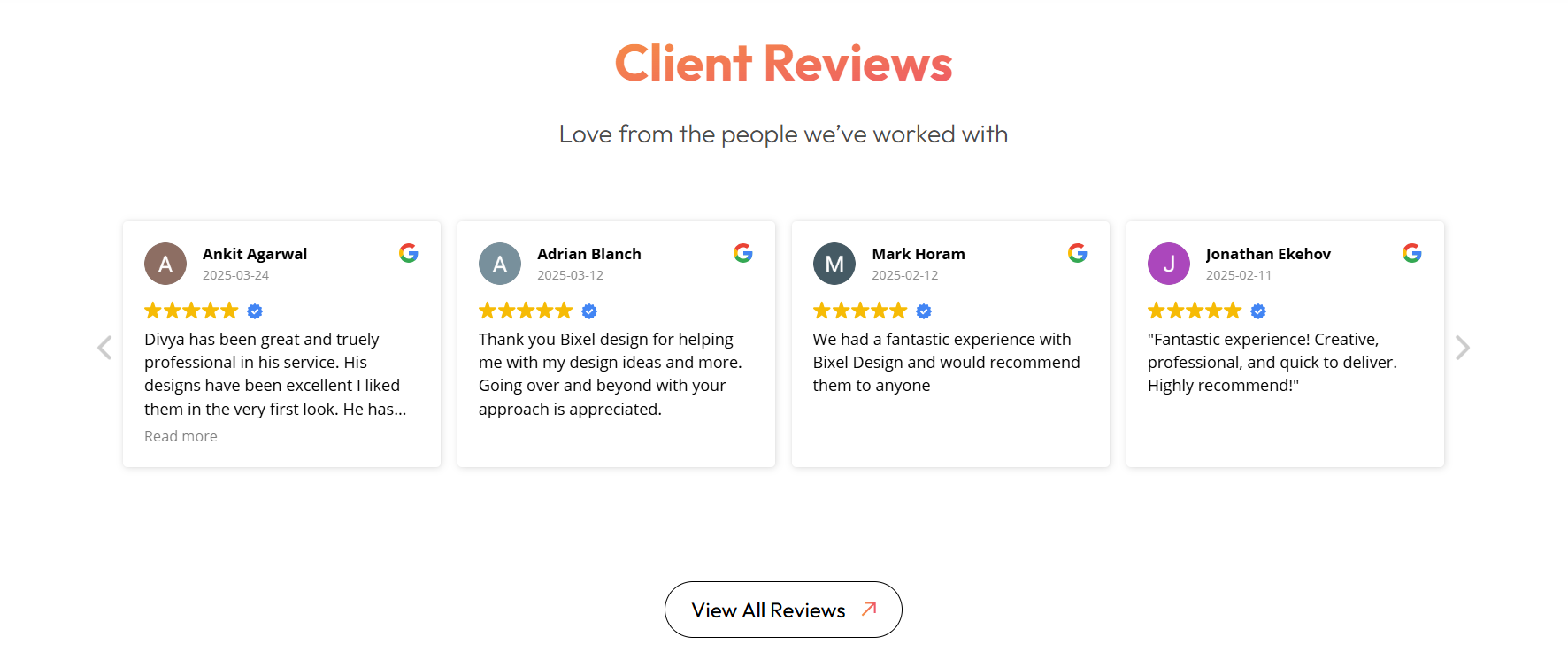
Beyond the technical layout, your website design must build trust with your audience. People inherently trust other people, and they look for transparency from businesses. This is where social proof becomes essential. By including elements like client testimonials, case studies, and Google reviews, you add immediate credibility and show potential customers that others have had positive experiences with your work. Showcasing your “real work” through recent projects, portfolios, and detailed case studies provides tangible evidence of your expertise, allowing visitors to see firsthand the quality of your work and building confidence in your brand.
3. Website Speed and Performance: The Cardinal Sin
A sluggish website is a conversion killer and a leading cause of SEO failures. According to Google research, visitors form an opinion about a website in just 0.05 seconds. If your site takes more than 2 seconds to load, users will hit the “back” button faster than you can say “bounce rate.” This high bounce rate indicates to Google that your website provides a poor user experience, which has a negative influence on your rankings.
To analyze the performance of your website, use tools such as Google PageSpeed Insights. Identify large image files, render-blocking JavaScript, and other issues that are slowing you down. Optimizing for speed is a foundational pillar of any successful seo strategy for business.
4. Mobile-Friendliness: A Non-Negotiable Necessity

With mobile devices accounting for more than 60% of all web traffic, having a responsive and user-friendly mobile site is no longer an option—it’s a must-have. Google has implemented “mobile-first indexing,” which means its algorithms primarily use the mobile version of your site to rank. If your site is clunky, hard to read, or difficult to navigate on a smartphone, you are directly hampering your organic search performance.
Test your site on various mobile devices. Are the buttons big enough to tap? Is the text readable without zooming? Is the navigation menu intuitive? Addressing these SEO difficulties with a mobile-first mindset is critical for remaining competitive.
5. Keep the Website Minimal and Relevant

One of the most common mistakes businesses make is overcrowding their website with lot of information or using irrelevant keywords. While content is important, cluttered pages filled with irrelevant or low-quality text can overwhelm users and hurt credibility. Instead, focus on creating concise, relevant, and in-depth content that directly answers your customers’ questions.
Research by the Nielsen Norman Group shows that visitors read only about 28% of website content—the rest is skimmed or ignored. This means clarity matters more than volume. Use short paragraphs, clear headings, and well-structured layouts so your website looks clean, easy to read, and inviting rather than overwhelming.
6. Add Clear Calls to Action (CTAs): Guiding Your Users
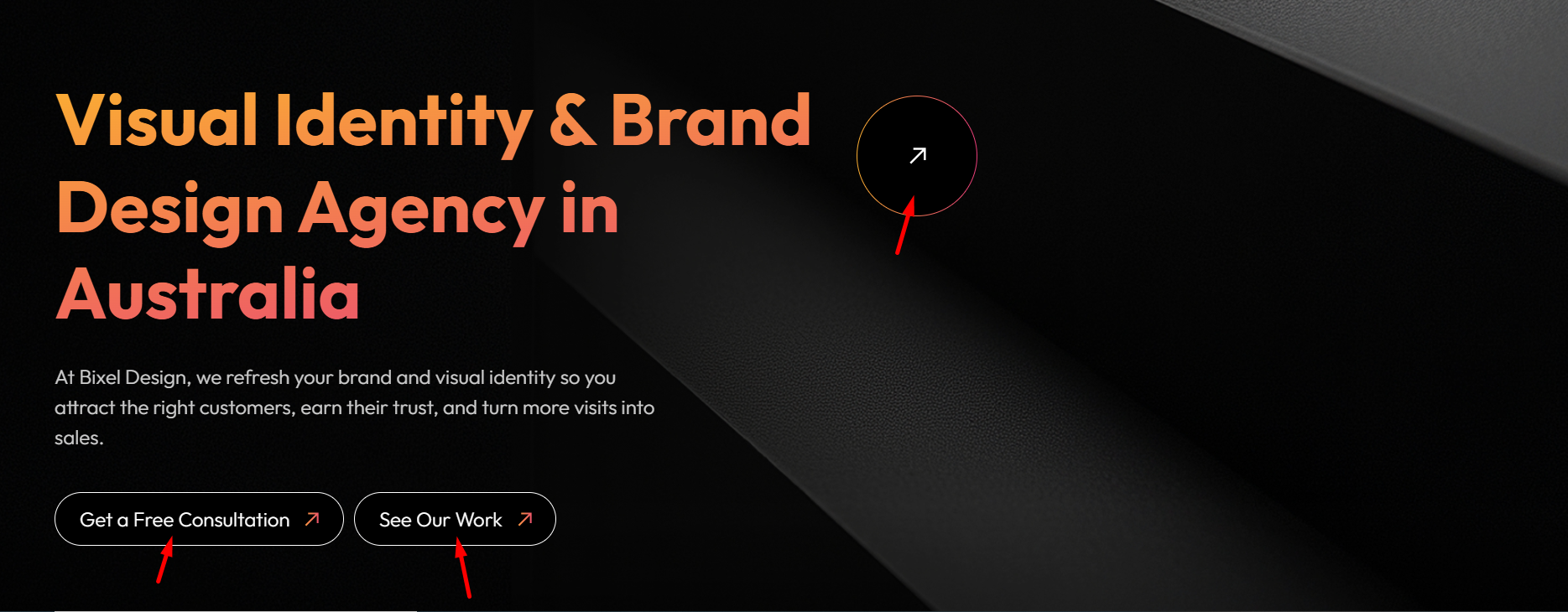
A common mistake we see with many business websites is that they showcase services or products beautifully, but forget to guide users on what to do next. For example, CTAs (Call to actions) are often placed only at the very end of a page, instead of at key points where users are most likely to take action. Another frequent oversight is not adding a CTA in the hero section—the first area visitors see when they land on your site. When CTAs are missing or poorly placed, users are left without direction. This often means they simply browse and leave without engaging further. Clear, well-positioned CTAs like “Book a Free Consultation,” “Get a Quote,” or “Shop Now” make it easy for visitors to take the next step, reduce drop-offs, and significantly improve conversion rates.
Beyond the Website: Other Pre-Launch Considerations
A solid website foundation is necessary, but an efficient business SEO plan also takes foresight. Before you start keyword research, you should:
Define Your Target Audience
Every successful website and SEO strategy begins with clarity on who you’re trying to reach. It’s not enough to know basic demographics like age or location—you need to understand your audience’s mindset. What challenges are they facing? What solutions are they actively searching for? And how do they decide which business to trust?
When you align your website design and content with these insights, you create a digital space that feels tailored to your visitors. The layout becomes intuitive because it matches how they think. The copy resonates because it mirrors their own words and questions. And your SEO works harder because it’s built on genuine intent, not just generic keywords.
Create Clear Business Goals
Just as you need to know your audience, you also need to know what success looks like for your business. SEO isn’t about ranking for every keyword possible—it’s about aligning your website and content with outcomes that matter. For example, a business focused on lead generation will prioritize strong calls-to-action and service-focused landing pages, while one aiming for thought leadership may invest more in blogs, case studies, and storytelling.
Most importantly, well-defined goals make success measurable. Instead of chasing vanity metrics like traffic spikes, you can track meaningful results—conversions, inquiries, and customer engagement—that directly move your business forward.
Perform a Performance Analysis:
Before looking outward, you must look inward. Conduct a thorough audit of your own website’s SEO health and historical performance. Analyze which pages are currently ranking, where your organic traffic is coming from, and how users are engaging with your site. This crucial research helps you identify your strengths, pinpoint technical weaknesses, and establish a data-driven baseline, allowing you to allocate resources effectively and avoid repeating past SEO fails.
Conclusion: The Website Comes First
SEO gets you visibility, but a meaningful website earns you trust and action. A stunning, fast, and user-friendly website is your most powerful asset. Without a solid foundation, all the SEO tactics in the world will only be a temporary solution to a deeply rooted problem.
This means: Good SEO = traffic. Meaningful design = conversion. Without both, you either have no visitors or no customers.
Take a step back. Before you pour resources into link building or a new content campaign, audit your website with a critical eye. Fix the holes in your bucket. Because when you do, your SEO strategy will not just survive but also grow. Good luck and if you have any doubt then contact us.
Read more: How to create a user friendly website for your business
